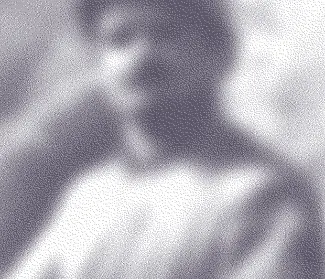Check our opening times and prices
Buy your ticket in advance
Prepare your visit to the battlefield

The men of the garrison had spent three long days holed up in the depths of the Froideterre fortification, as the German artillery hammered down. The fort trembled, smoked and creaked under the heavy blows of the shells. Private Albert Neyton was convinced it would collapse on top of them.
Around him, many of his comrades were suffering from gas poisoning or from panic due to the deafening roar of the explosions. There were few fit men left, and they were all exhausted. The passageways of Froideterre were plunged into complete darkness.
On the morning of 23 June 1916, the observers signalled the enemy approaching. They were advancing warily towards the fort. It had been bombed so heavily that the attackers hoped there was no one left alive. On top of it all, the machine gun turret designed to hold them back had jammed. The Germans were on top of the fort now; Albert could almost hear them.
Suddenly, the suspense was broken as explosions rang out in the corridor, causing panic. The German soldiers had thrown grenades through an opening in the ceiling, igniting a stock of illumination flares. The barracks were filled with noxious black smoke. Albert and his fellow soldiers did their best to contain the fire, which was spreading towards a munitions depot. Just in time, the cartridges and grenades were pulled out of reach of the flames. “We’re trapped like rats!” thought Neyton and his colleagues. And they had no way to counterattack.
The turret with the two 75mm guns in the centre of the fortification could have done the job, but all communications were cut off. Their only hope was to send a messenger. But how could they do that, with the Germans swarming over the roof of the barracks? Albert Neyton volunteered to act as a runner, to communicate the order to fire.
There were about 100 metres of exposed ground to cover, under enemy fire, to reach the gun turret. Without taking the time to think, he was out, head down, running with the bullets thudding and whistling around him. As unbelievable as it may sound, Albert made it across. To their amazement, the attackers saw the gun turret rise up slowly and the barrels swing round towards them. Immediately, the air was pierced by a volley of fire. The 116 shells that flew towards the attackers left them no chance.
It was Albert Neyton’s bravery that kept the Froideterre fortification out of the hands of the Germans on 23 June 1916, the day Verdun almost fell.